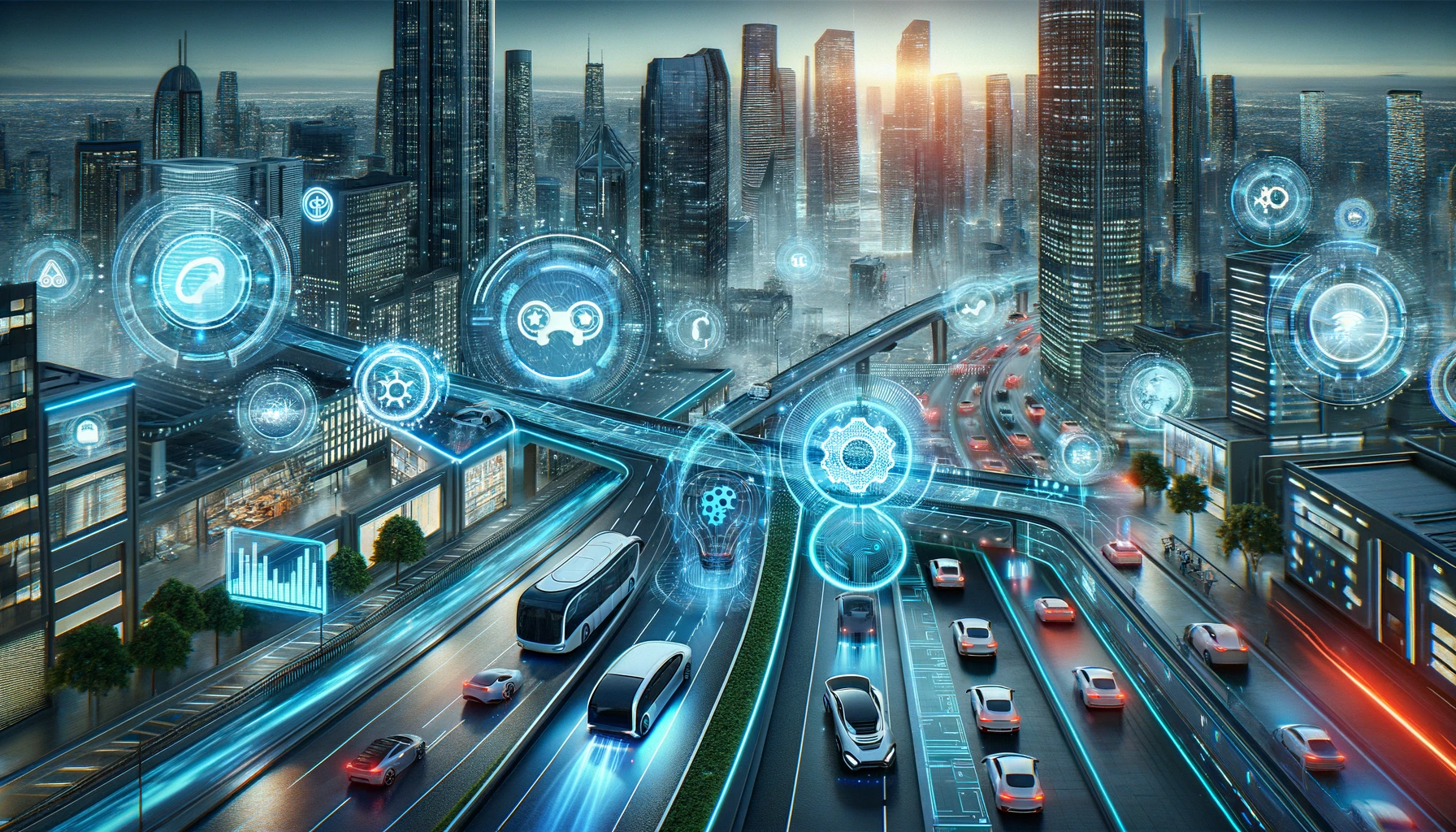Edge AI ⮐

In 2023, we find ourselves at a pivotal moment in the evolution of AI, particularly with the launch of groundbreaking GPT models. This isn’t just a fleeting trend; it’s a substantial shift in the landscape of technology. We’ve seen enthusiasts and professionals alike experimenting with these models, producing content that spans the spectrum from highly practical to purely creative. But the real buzz is about something even more transformative: the rise of Edge AI.
Think about this: You hop into your car, and like a trusted friend, it knows your destination. As you drive, it gently reminds you to pick up a package, even noting that you have time for a quick coffee with a friend. This isn’t science fiction; it’s the practical magic of Edge AI. Here, the need for instant decision-making trumps the traditional reliance on distant cloud services. This represents a new frontier in computing, one that’s rapidly gaining momentum.
Edge AI is particularly crucial when time is of the essence, and you can’t afford the luxury of waiting for data to bounce back from a remote server. It’s about embedding intelligence in everyday devices, enabling them to process information on the spot. This innovation is not just about convenience; it’s about bringing sophisticated AI capabilities to where they’re most needed, whether that’s in moving vehicles, remote areas without reliable internet, or even in developing countries where tech infrastructure is limited.
The technology landscape is abuzz with activity, as major players like Google, Nvidia, IBM, HPE forge ahead in the realm of Edge AI. Apple’s recent announcement about integrating AI directly into iPhones – using a technique called “LLM in a flash” – marks a significant leap forward. This approach allows complex AI models to function efficiently on devices with limited memory.
Well, in reality, if you have a new solution to solve existing problem, you get a new set of problems to tackle. For developers, this new era presents a challenge: designing AI models that are both lightweight and powerful. Operationally, the shift to Edge AI introduces a new layer of complexity. It demands a transition from centralized to distributed systems, affecting everything from technical strategies to team management. Leaders in this field need to stay attuned to these changes, ensuring their teams are well-equipped for this new paradigm.
However, Edge AI comes with its own set of challenges. As AI becomes more dispersed, security and privacy concerns escalate. Each device running AI could potentially be a security risk, necessitating a rethink of traditional security protocols to safeguard endpoints and user data. Moreover, data governance becomes more intricate in a decentralized setup, requiring nuanced and robust policies.
In summary, the advent of Edge AI isn’t just a technological advancement; it represents a paradigm shift in our interaction with artificial intelligence. It challenges our traditional notions of computing and necessitates a comprehensive approach that spans technical expertise, strategic management, and security awareness. As this field evolves, professionals must remain informed and adaptable, ensuring their skills and strategies align with the ever-changing landscape of AI.
#EdgeAI #AI #ArtificialIntelligence